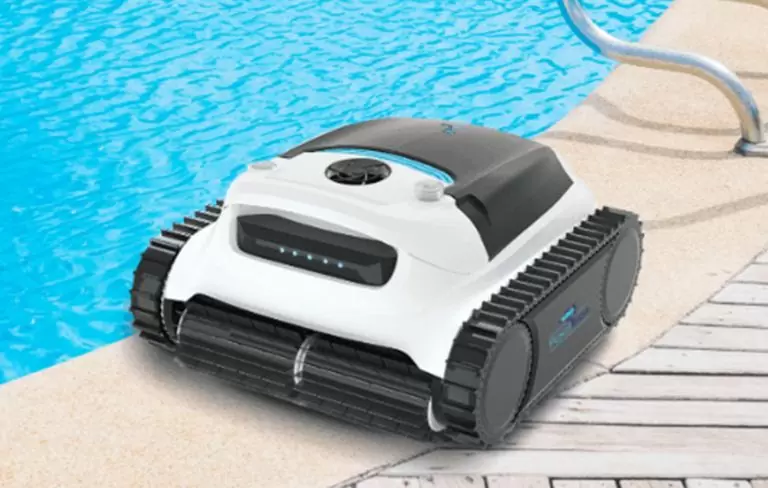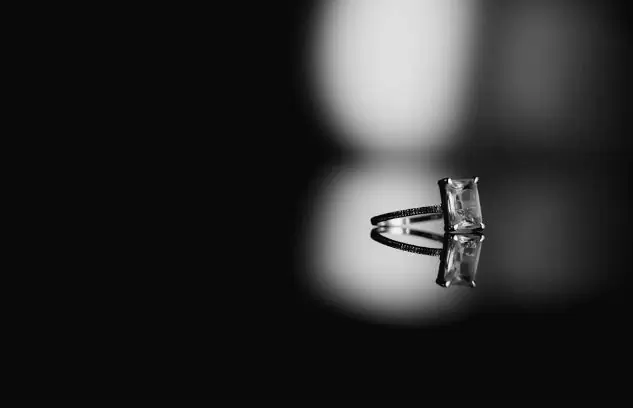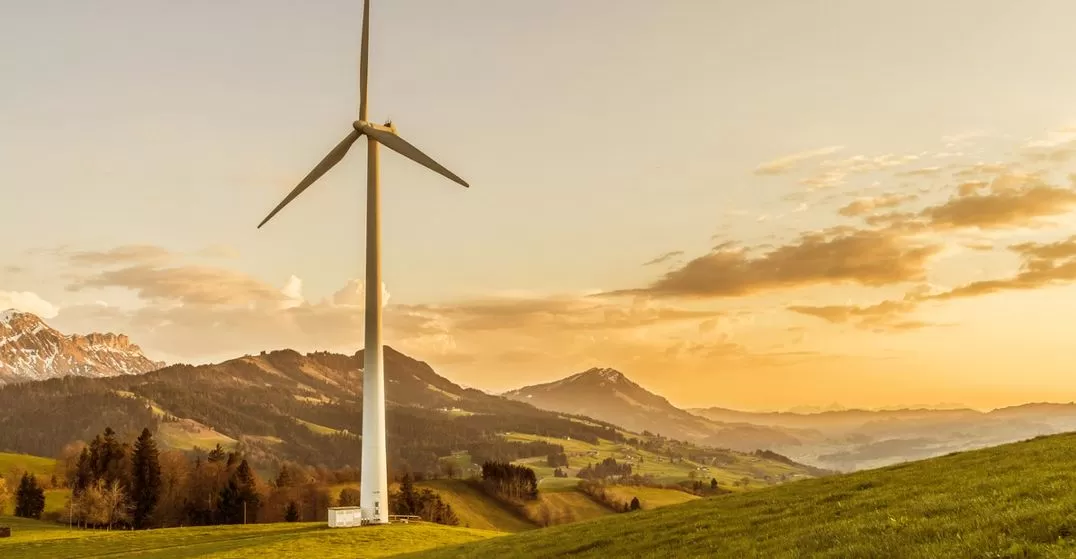What’s the Role of Wind Power in Renewable Energy?
Renewable energy term is used to describe energy sources that are constantly replenished. Renewable energy has been gaining popularity in recent years to reduce reliance on fossil fuels and mitigate the effects of climate change. This includes solar, wind, water, and geothermal power.
While wind power currently only provides a small fraction of the world’s energy needs, it is one of the fastest-growing renewable energy sources. With continued investment and innovation, wind power could play a significant role in sustainably meeting the world’s energy needs.
Advantages of Wind Power
Wind power is a renewable energy form that converts wind into electricity. Wind turbines are used to capture the kinetic energy of the wind and convert it into mechanical energy, which is used to generate electricity.
The cost of wind power has fallen significantly in recent years, making it a more competitive option for new power generation. In some areas, wind power is now the cheapest form of new electricity generation.
Wind power is a clean energy source that does not produce emissions, making it a key part of the transition to a low-carbon economy. It can be used to generate electricity on both onshore and offshore sites.
The UK has become one of the best wind resources in Europe and is a world leader in offshore wind. The UK has set a target to generate 30% of its renewable energy by 2030.
The main advantages of wind power are that it is a clean, renewable energy source that can help minimize emissions and combat climate change. It is also relatively low-cost and has a small land footprint. Visit www.utilitybidder.co.uk to get more information about how wind power effectively supplies energy to businesses and homes.
Risks and Challenges Associated With Wind Power?
Though wind power is one of the most promising renewable energy sources, it also comes with certain risks and challenges.
- The biggest challenge facing wind power is its intermittency – the fact that the wind doesn’t always blow when we need it to. This can be mitigated through energy storage technologies or by integrating wind power into a wider renewable energy mix, but it remains a challenge nonetheless.
- The impact of wind turbines on the environment. While they don’t produce emissions themselves, the manufacturing and transportation of turbines can have a significant environmental impact. And while wind turbines can positively impact local wildlife, there is still some debate about the overall impact of large-scale wind farms on ecosystems.
- There is the challenge of cost. While the cost of wind power has fallen significantly in recent years, it is still more expensive than fossil fuels. But it can become a very cost-effective option for generating electricity with the right policies in place.
- It also causes the noise pollution that is generated by the spinning turbines. This can be a particular problem near urban areas, where the noise can disturb residents. In addition, land usage may also be an issue for certain wind farms. The turbines need to be spaced a certain distance apart, so much land is required. This can make finding an appropriate location for a new wind farm difficult. As a result, noise pollution and land usage are two crucial factors to consider when assessing the feasibility of a wind farm.










